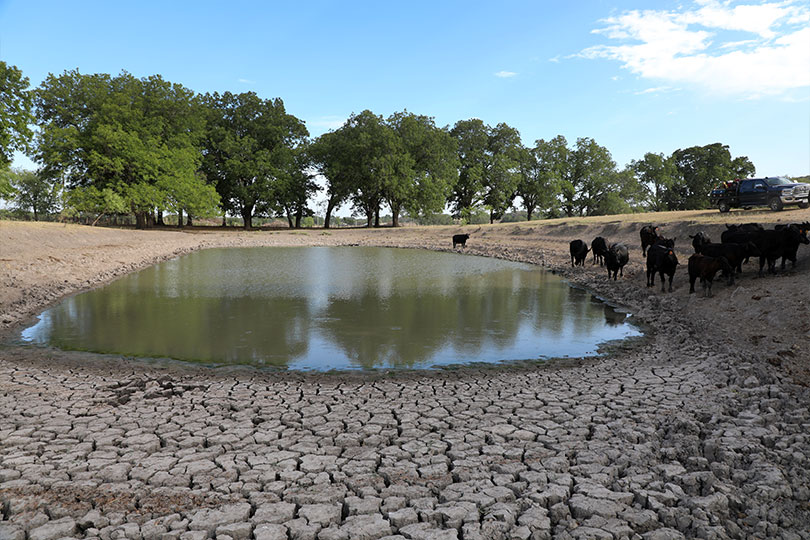Having a pond in your backyard or garden can be a beautiful and serene addition to your outdoor space. However, one of the biggest challenges pond owners face is keeping the pond from drying up. Whether it’s due to evaporation, leaks, or other factors, a drying pond can be a cause of concern. In this article, we will explore some effective tips and techniques to help you maintain the water levels in your pond and prevent it from drying up.
1. Regularly Check for Leaks
One of the main reasons ponds dry up is due to leaks. It’s essential to regularly inspect your pond for any signs of leaks or damage. Look for wet patches around the pond, areas where the water level is dropping faster than usual, or any visible cracks or holes in the pond liner.
- Check for leaks regularly
- Look for wet patches or cracks
- Repair any leaks promptly
2. Use a Pond Liner
Installing a pond liner can help prevent water from seeping into the ground and causing the pond to dry up. Choose a high-quality pond liner that is durable and resistant to tears and punctures. Make sure the liner is properly installed and covers the entire surface area of the pond.

Credit: texasfarmbureau.org
3. Maintain a Proper Water Level
Monitor the water level in your pond regularly and top it up whenever necessary. A good rule of thumb is to keep the water level consistent and not let it drop below a certain point. This will help prevent the pond from drying up due to evaporation.
4. Use a Water Feature
Adding a water feature like a fountain or waterfall to your pond can help circulate the water and reduce evaporation. The movement of the water will also help oxygenate the pond and create a more dynamic and visually appealing environment.
5. Plant Aquatic Vegetation
Planting aquatic vegetation in and around your pond can help shade the water and reduce evaporation. Plants like water lilies, lotus, and water hyacinth not only add beauty to the pond but also help maintain the water levels and provide habitat for fish and other wildlife.
6. Use a Pond Cover
During hot and dry weather, consider using a pond cover to reduce evaporation and keep the water levels stable. A pond cover can also help prevent debris from falling into the pond and causing contamination or blockages.
7. Install a Rainwater Harvesting System
Consider installing a rainwater harvesting system to collect and store rainwater that can be used to top up your pond during dry spells. This sustainable solution not only helps maintain the water levels in your pond but also reduces your reliance on mains water.
8. Regularly Clean and Maintain the Pond
Keeping your pond clean and well-maintained is essential for preventing it from drying up. Remove any debris, fallen leaves, or algae that may be blocking the water flow or causing contamination. Regularly check and clean the filters and pumps to ensure they are functioning properly.
Credit: www.fao.org
9. Monitor Weather Conditions
Stay informed about the weather forecast in your area and take precautions during hot and dry periods. Consider reducing water usage in your pond during these times and implement additional measures to prevent evaporation and maintain the water levels.
10. Seek Professional Help
If you are unable to identify the cause of your pond drying up or if you suspect a significant leak or issue, don’t hesitate to seek professional help. A pond maintenance expert can assess the situation, identify the problem, and recommend the best course of action to prevent your pond from drying up.
By following these tips and techniques, you can effectively keep your pond from drying up and ensure that it remains a beautiful and thriving feature in your outdoor space. Remember that proper maintenance and regular monitoring are key to preserving the health and longevity of your pond.




